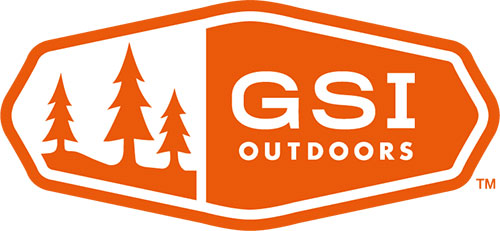A combination of being stuck at home and spring-cleaning time is upon us. There’s no better time to clean out and organize all of your outdoor gear that has been stowed away in your garage or storage. Our gear was built to be used, and let’s be honest, after a few trips of heavy wear and tear, your gear can begin to really stink or start to break down. Throwing all your gear into the wash isn’t really a viable option, so we’ve put together our favorite tips and tricks to organize and clean out your supplies!
Inventory:
-
Unpack everything and lay it all out. Depending on how thorough you want to be, you can create a spreadsheet with all your gear, with columns for weight, date purchased, condition, and any other notes you’d like to add.
-
Group your items together, for examples “car camping gear,” “backpacking gear,” or “climbing gear.” Even deeper categorization can be useful, such as “sleep system,” “cooking,” “luxuries,” and/or “essentials.”
-
Laying all of your gear out allows you to see everything you have, this way you can see if anything is missing, damaged, needs repair, needs to be disposed of, or needs to be cleaned.
Cleaning:
-
Hand wash all pots, containers and utensils from your cooking supply. Check through all spice containers and restock anything that appears low (soap, spices, kindling supplies etc.) This is a great time to restock all of your fuel containers as well.
-
Vacuum all large bags/tents/ first! When laying out all your large gear, shake and vacuum out every nook and cranny in your tents, sleeping bags and backpacks. The suction from vacuums can help to pull deep ingrained dust and debris from fabric as an initial first cleaning step.
-
Some items can benefit from simply airing out for a bit.
-
Create a cleaning mixture of delicate clothes detergent, baking soda and water to clean out stains and dirty zones. Gather a few tools such as a rag, a sponge, and a larger and small brush to reach every nook and crevice. Rinse with warm water and always let air dry.
Upkeep:
-
While going through your gear, make note of any supplies that need to be repaired or items you would like to donate.
-
Take the time to make repairs or improvements, such as waterproofing.
-
Order replacement parts if needed, (and if they are available). It is always best to try and fix what you have before buying a new product. At GSI, we have a generous spare-part policy; we would be happy to look into your needed GSI spare parts or fixes. Several outdoor companies have similar policies to keep old gear out of landfills.
Honing Skills or Learning New Ones:
-
Now is also a good time to practice packing, unpacking, and repacking your pack or car camping totes.
-
Set up camp in your home or backyard. Sleep in it, cook on it, and live it. This is a good way to make sure everything is in working order, and find ways to improve your techniques.
-
Learn a new skill: Practice reading maps/wayfinding/star charts, tying knots, starting a fire (if possible and safely, of course), and learn about foraging, first aid, and other survival tactics.
Storage:
-
Always make sure to store your gear in a clean, dry and temperate area. You don’t want your supplies exposed to strong sunlight, heat or humidity, as this can damage the materials.
-
Organize prior to storing! Keep all groups within their own designated space, for example camping gear together, and climbing gear together.
-
Create a system that will allow you to remember where you put your items last.







